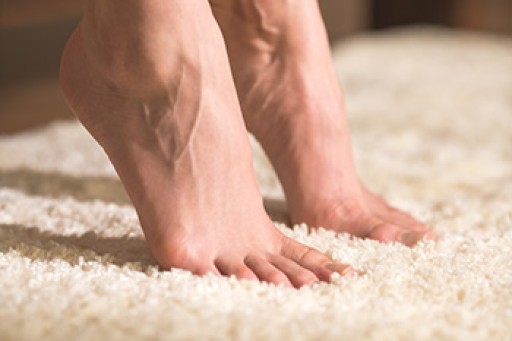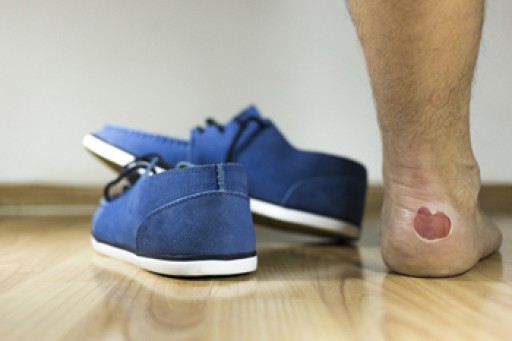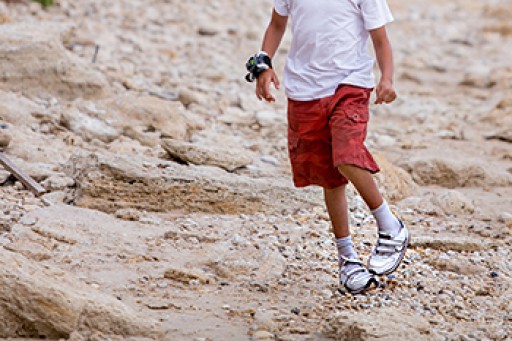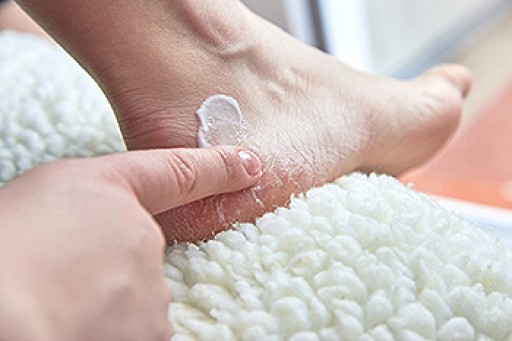
Surgery is often considered a last resort for treating toe arthritis, primarily due to potential post-surgical discomfort and an increased risk of infection. However, when other treatments for toe arthritis prove ineffective, various surgical procedures may be considered. One common surgical approach is a cheilectomy, which involves the removal of bone spurs that have formed around arthritic joints, particularly in the big toe. This procedure can help alleviate discomfort surrounding the joint and improve joint mobility. It is important to note that cheilectomy does not address the worn-out cartilage within the joint, and bone spurs may return in the future. Another option is arthroplasty, where joint surfaces are replaced with artificial joints. This procedure is typically recommended for older adults who are less physically active. Fusion surgery stimulates bone growth across the joint, permanently fusing it using pins, screws, or a plate. While this eliminates joint flexibility, it also relieves pain. If you have persistent arthritic toe pain that has not responded to more conservative treatments, it is suggested that you visit a podiatrist to discuss how you may benefit from surgical options.
Toe pain can disrupt your daily activities. If you have any concerns, contact Alex Kim, DPM of AVID Foot & Ankle Center. Our doctor can provide the care you need to keep you pain-free and on your feet.
What Causes Toe Pain?
Most severe toe pain is caused due to a sports injury, trauma from dropping something heavy on the toe, or bumping into something rigid. Other problems can develop over time for various reasons.
Toe pain can be caused by one or more ailments. The most common include:
- Trauma
- Sports injury
- Wearing shoes that are too tight
- Arthritis
- Gout
- Corns and calluses
- Hammertoe
- Bunions
- Blisters
- Ingrown toenails
- Sprains
- Fractures (broken bones)
- Dislocations
When to See a Podiatrist
- Severe pain
- Persistent pain that lasts more than a week
- Signs of infection
- Continued swelling
- Pain that prevents walking
Diagnosis
In many cases the cause of toe pain is obvious, but in others, a podiatrist may want to use more advanced methods to determine the problem. These can range from simple visual inspections and sensation tests to X-rays and MRI scans. Prior medical history, family medical history, and any recent physical traumatic events will all be taken into consideration for a proper diagnosis.
Treatment
Treatments for toe pain and injuries vary and may include shoe inserts, padding, taping, medicines, injections, and in some cases, surgery. If you believe that you have broken a toe, please see a podiatrist as soon as possible.
If you have any questions please feel free to contact our office located in Little Elm, TX . We offer the newest diagnostic tools and technology to treat your foot and ankle needs.











